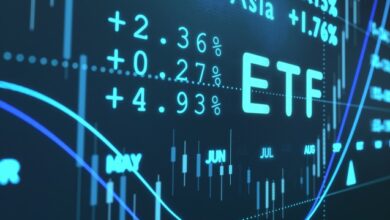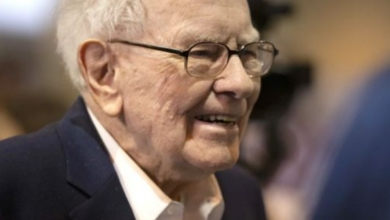
A key inflation gauge—the U.S. Personal Consumption Expenditures (PCE) index—is expected to show a slight decline for January, offering a mixed outlook on price stability. According to an inflation nowcast from the Federal Reserve Bank of Cleveland, the PCE index likely rose 2.5% year-over-year, down from 2.6% in December.
Key Takeaways on Inflation Trends
- The slight decline suggests progress in controlling inflation, but price pressures remain, especially in key sectors like housing, energy, and consumer goods.
- Looming tariffs and supply chain uncertainties could drive future price hikes, as businesses may pass higher costs onto consumers.
- Consumer expectations of rising costs may further reinforce inflationary trends, making it easier for companies to justify price increases.
What’s Next for Inflation and the Fed?
- The Federal Reserve has signaled it won’t cut interest rates until inflation shows sustained cooling, making upcoming inflation data crucial for monetary policy decisions.
- Tariff policies and global trade dynamics will play a major role in shaping price trends for the rest of 2024.
- Economists will be watching whether inflation continues its downward trajectory or if new upward pressures emerge, potentially delaying rate cuts.
With inflation still above the Fed’s 2% target, policymakers and markets will closely analyze future price data to gauge the direction of U.S. economic stability.





